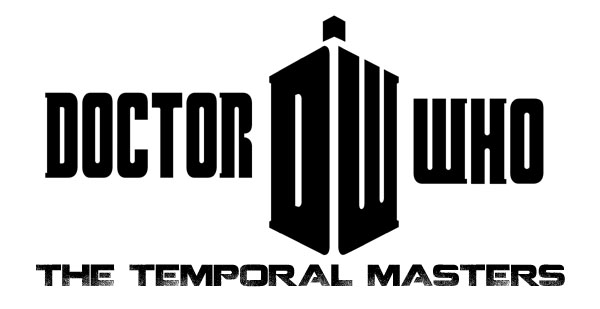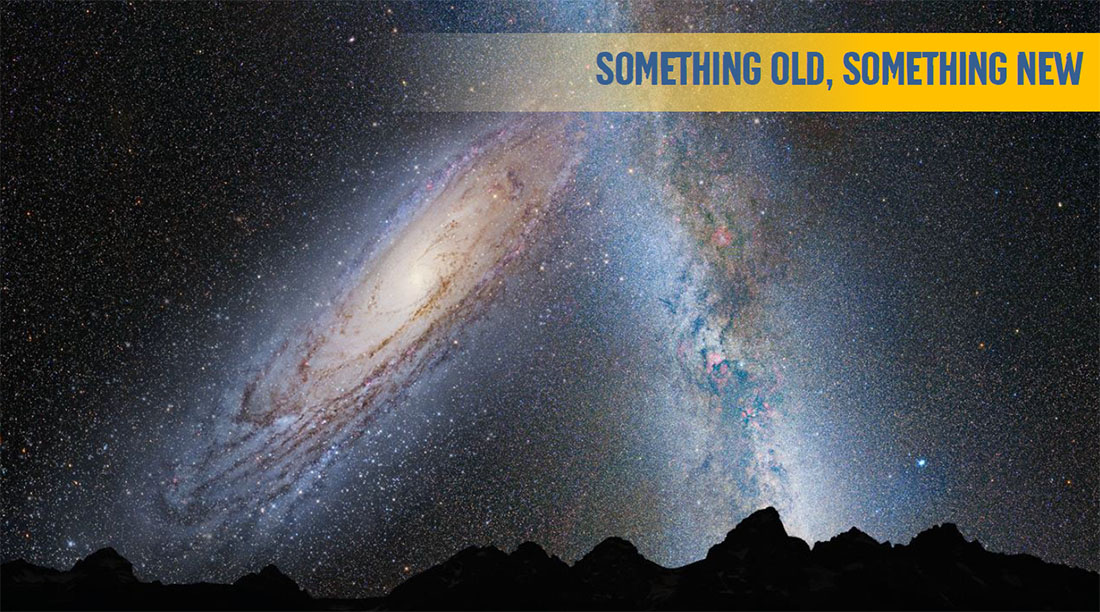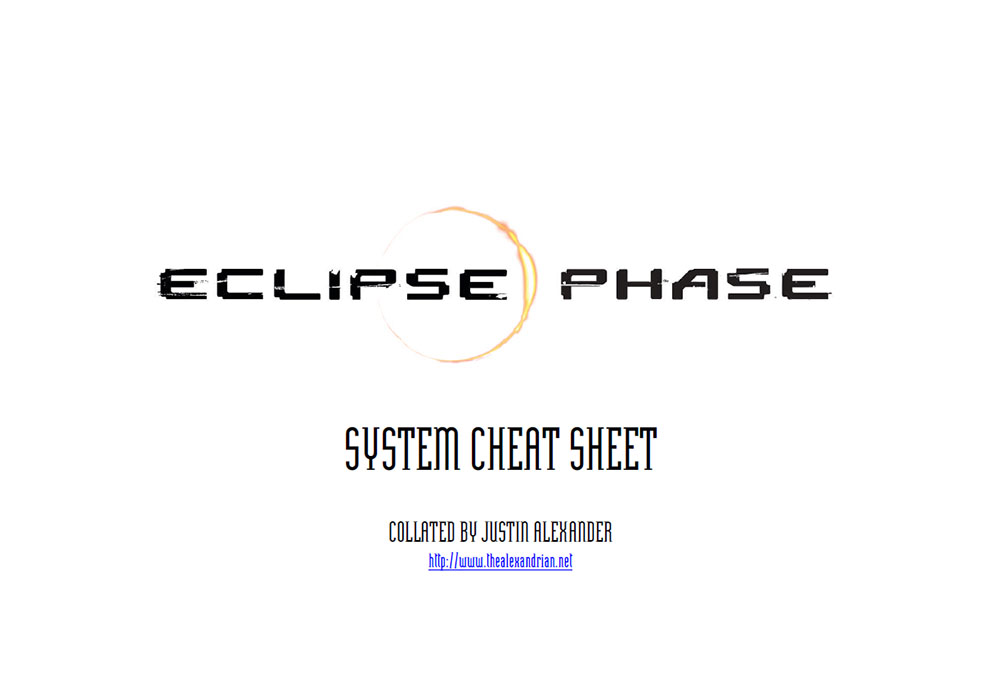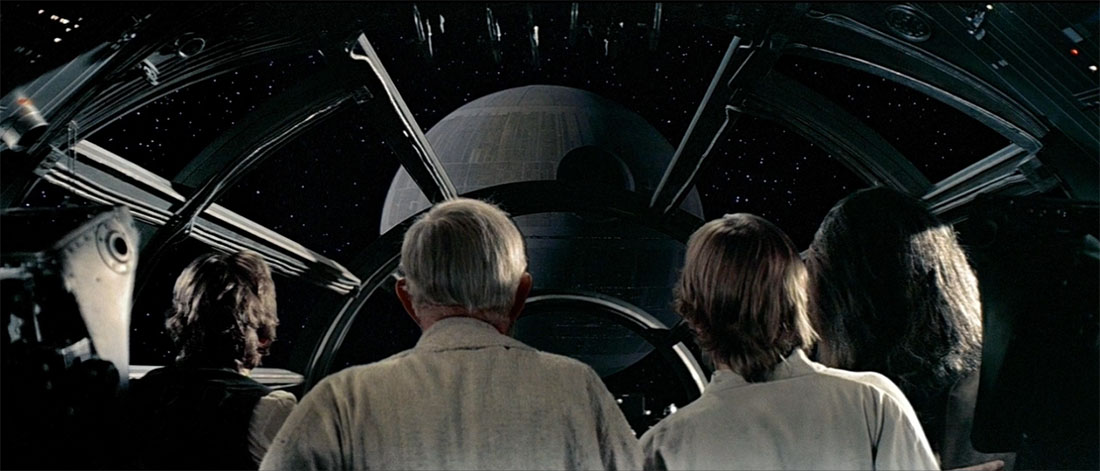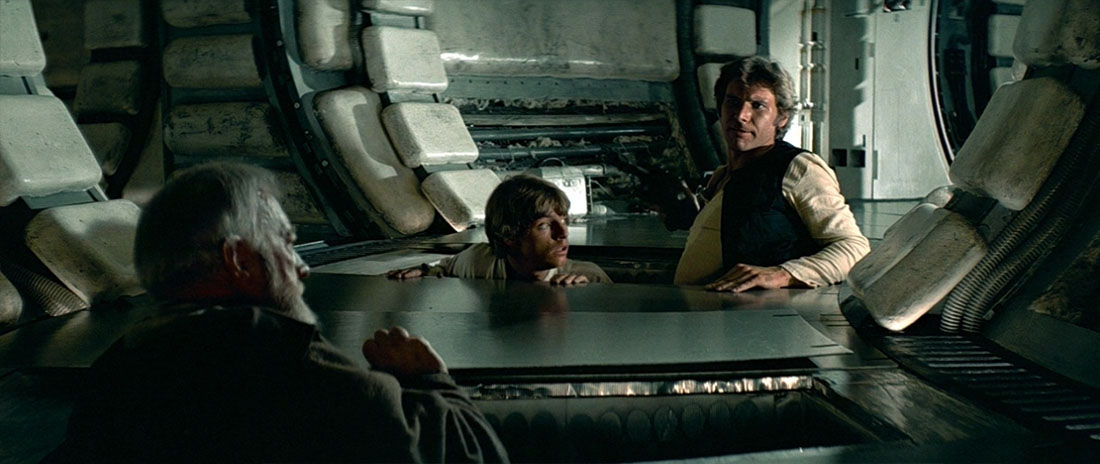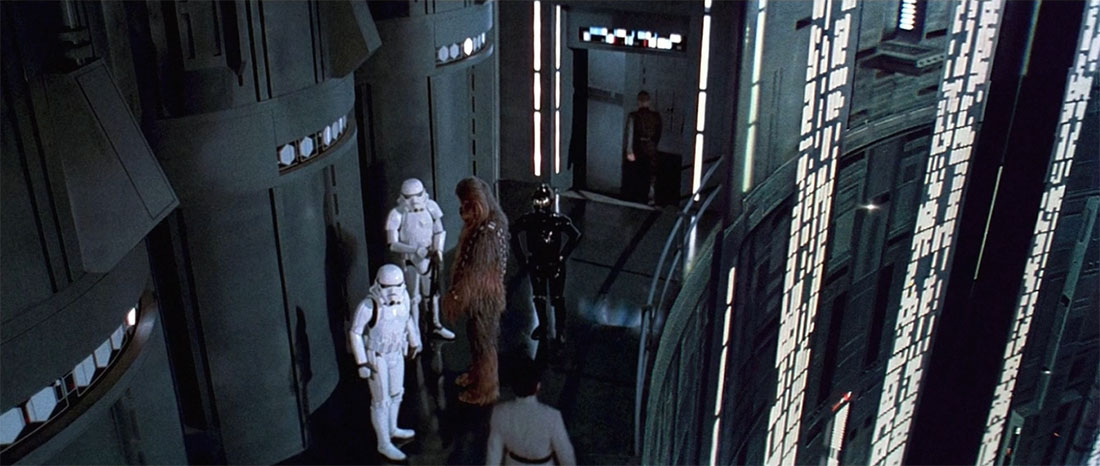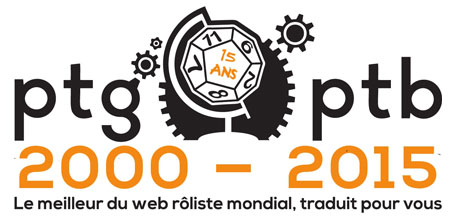Go to Part 1
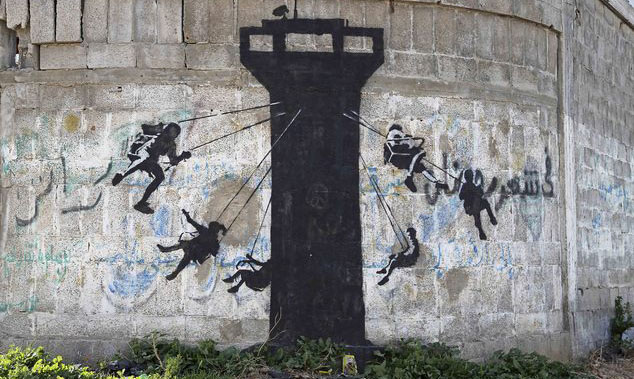
Misapplying the technique of multi-step action resolution results in a problem I refer to as rolling to failure.
Perhaps the most common example of rolling to failure is the way a lot of GMs handle stealth: They’ll have a PC roll Stealth checks every single time they move or every single time they encounter a new opponent. If the PC has a 75% chance of success on a Stealth test, after just three checks their chance of success has dropped to 42%. After five checks, it’s dropped to 23%. And the first time they fail a check, of course, their attempt at stealth is over. (And the odds get even worse if the GM runs each of these checks by having all of the PCs roll Stealth, all the NPCs roll Perception, and if even a single Perception check is higher than a single Stealth check the gig is up.)
The consequence, of course, is that the players will simply stop trying to be stealthy. And, as a result, an entire set of tactics (and the really cool stuff that can flow from those tactics) vanishes in a puff of smoke.
“Why do my players always just charge in mindlessly?”
It might be because you’re not giving them any choice.
LET IT RIDE
The solution here is to Let It Ride.
When a PC is attempting a particular endeavor, make a single check and let the result of that check ride forward: If they’re trying to ascend a cliff, make a single Climb check to determine whether or not they get to the top (even if it would take them several rounds or minutes or hours to do so). If the intention is to “sneak through the enemy base”, then you make one Stealth check for the entire op and it determines how stealthy you are for the whole thing. (And the answer may be, “Not very stealthy, so someone is probably going to spot you.” And that’s OK.)
CONTINUING THE INTERACTION: A common mistake when letting it ride is to have the GM just summarize the entire attempt. For example, a player says they want to sneak into the orcs’ camp, so the GM calls for a Stealth check, sees a success, and says, “Okay, you manage to slide past the guards patrolling the border of the camp, make your way to the chieftain’s tent, and grab the tiara.”
That’s certainly an option, of course. But what’s great about letting it ride is that a player can still make meaningful choices while their result continues to roll forward. By leaving the player in the driver’s seat, the GM might discover that they want to knock out the sentries or eavesdrop at a tent to learn the orcs’ plans.
These choices could also impact the success or failure of the endeavor. For example, if they choose a path through the camp with higher security, it’s possible that their check won’t be high enough to handle it.
FAILURE POINT: Speaking of failure, how can the GM determine at what point during an attempt failure occurs if they’re using the let it ride approach?
Where the result of the check is being sequentially compared against a series of variable challenges (like a Stealth check being compared to various sentries and guards), this can be relatively easy. (You get spotted by whichever guard first exceeds your Stealth check.)
But what about something like that Climb check for scaling a cliff? On a failed check, how far up the cliff have they gotten before they failed the check?
(As with any check, of course, you still need to determine what failure means: Does it mean you fall? That you have to catch yourself before you fall? That you get stuck? That you realize you can’t reach the top for some reason and need to make your way back down?)
In general, there are three approaches: You can make a judgment call based on whatever result you think would be most interesting. You could determine it purely randomly. (For example, you could roll percentile dice to determine how far up the cliff they’d gotten or how much of their money they lost at the casino.) Or you could use the margin of failure on the check to calculate the result (or inform your judgment call).
POINT OF UNCERTAINTY: Another technique I’ve developed when letting it ride is the point of uncertainty. At the point of uncertainty, the original test result has been put at the risk of failure, but the character has the opportunity to save the result by taking some sort of action.
The point of uncertainty may be the result of the original check actually failing. For example, while sneaking into the orcs’ camp the PC encounters a scout whose Perception score is high enough to spot them. Can they knock him out (or take some other preventative action) before he raises the alarm? (If you wanted a mechanical cue, you might determine that a small margin of failure triggers a point of uncertainty and only a large margin of failure results in an immediate catastrophe.)
However, a point of uncertainty could also be the result of some tangential action coming in and interfering with your original check in an orthogonal fashion. For example, you’ve made a riding Social check while running a con job. You’re in the middle of chatting up the mark at a fancy party when you spot a former mark across the room. If they spot you, they’ll ruin your new cover. Can you make a Stealth check to avoid being seen?
What the point of uncertainty lets you do is to add complications while the overall resolution continues pushing forward. (Watch any heist movie ever made to see why that might be useful.)
Note that you’re never making a Stealth check to maintain your Stealth check or making a Social check to maintain your Social check. If you’re sneaking around and you’ve reached the point where the only way to succeed is to try sneaking again, that doesn’t mean that your original attempt is at risk. It means your original attempt has failed.
ENDING THE RIDE: With that being said, when does one attempt actually end and a new attempt starts? Failure is certainly one way. If the PCs fail their check to sneak into the orcs’ camp, fight the orcs who spotted them, and then attempt to reassert their stealthy approach, then that’s a new attempt and they should make a new check.
In the absence of failure, the first thing the GM should look for is a change in approach. If the PCs are sneaking along, decide to ambush some orcs who failed to spot them, and get into a big melee with them, that’s also the end of their stealthy approach and if they later decide to go back to sneaking they should probably make a new check.
(Note that these are not the same thing as an interrupted attempt. If you’re climbing a mountain and you fight some yetis halfway up, that doesn’t mean that your Climb check to reach the top of the mountain has failed or that the PCs have changed their approach. It’s just been interrupted by the yeti fight. The original Climb check should ride on through.)
More rarely, the GM can also look for significant changes in circumstance. This gets pretty fuzzy, though, because it’s really easy to fall into the trap of, “Every sentry they encounter is a change in circumstance! New roll!” Which is, of course, the exact opposite of what you want to do. But in some cases a seismic event will occur and things really will change so much that it’s basically a completely different task. For example, if the PCs are sneaking through the orcs’ camp and halfway through it a huge platoon of fire giants attacks the camp, the GM might decide that “middle of a battlefield filled with fire” is sufficiently different from “sleepy orc camp at night” as to make it a completely different situation requiring a new check.
(Another technique you can use to handle changing circumstances is to just modify the original check. For example, if a PC’s cyberdeck gets hit with a nasty virus while they’re hacking a mainframe, the GM can just apply a penalty to the original check result to reflect their debilitated equipment instead of calling for a whole new check.)
Next: Has the original goal been met? If the PC was attempting to seduce Baron von Isbury and the baron has now been seduced, then that ride has come to an end. (Insert bad sexual pun about the next ride beginning here.) If they were climbing a mountain and they’ve reached the top, then they’ve successfully mounted the obstacle. (Insert bad sexual pun about mounting here… Okay, I’ll stop.)
In a similar vein, however, you can also look at whether a significant landmark or accomplishment has been achieved. This can get fuzzy, too. (“Every time you get past a sentry, you’ve accomplished something! Make a new check!”) What you want to look for are the accomplishments that can’t be trivially negated as the result of a later failure. For example, instead of having a single Climb check for the entire mountain you might have a separate Climb check for achieving each base camp: On a failed check, instead of being forced to retreat to the bottom of the mountain they can instead return to the previous base camp (making it a significant accomplishment to achieve).
Similarly, after the PCs have penetrated the outer defenses of an enemy compound and planted their remote access device on the mainframe, you might have them make another Stealth check to get back out of the complex.
MULTI-STEP vs. LET IT RIDE
You may have noticed that at this point I have now advocated for breaking a single intention into a multiple steps AND for resolving broad swaths of time with a single check. Aren’t those contradictory?
Not really. These are different tools, and they can be used in different ways to achieve different effects. But how do you know which one to use?
Well, to a certain extent, this is another one of those areas which explain why this is the Art of Rulings and not the Flowchart of Rulings. But here are a couple things to keep in mind:
First, notice that if you’re properly applying multi-step action resolution, then each vector terminates at a meaningful consequence or meaningful choice. You’ll also notice that one of the ways that a riding check can come to an end is if the PCs choose a new approach or if they’ve reached some from of landmark (i.e., there’s been a consequence). In many cases, these mechanical approaches are actually two sides of the same coin.
Second, any place where you’re rolling the same skill check repeatedly and the consequence of any failure is to effectively wipe out all of the previous successes… You should probably be defaulting to letting it ride at least 99 times out of 100.
(The exception to this are endurance checks – i.e., situations where eventually failure is assured and it’s a question of how long a character can stave off that failure. For example, how long can you stay conscious in a vacuum? How long can you keep swimming in a terrible storm? How long can you survive exposure in the middle of a blizzard?)
Finally, you usually can’t go too far wrong by boiling this down to a simple question: Which one sounds like more fun?
Addendum: Let It Ride on the Death Star
Go to Part 9

